Tripp Lite UBC41 Handleiding
Tripp Lite
Batterij-oplader
UBC41
Bekijk gratis de handleiding van Tripp Lite UBC41 (24 pagina’s), behorend tot de categorie Batterij-oplader. Deze gids werd als nuttig beoordeeld door 15 mensen en kreeg gemiddeld 4.6 sterren uit 8 reviews. Heb je een vraag over Tripp Lite UBC41 of wil je andere gebruikers van dit product iets vragen? Stel een vraag
Pagina 1/24

1
Owner’s Manual
UBC41
4-in-1 Battery Charger
AC: 100-240V, 50-60 Hz DC: 12/24/36/48V Selectable
Important Safety Instructions 2
Controls 3
Installation 3
Operation 4
Mounting (Optional) 4
Specifications 5
Maintenance and Service 5
Warranty and Product Registration 6
Espanol 7
Francais 13
Русский
19
PROTECT YOUR INVESTMENT!
Register your product for quicker service and ultimate peace of mind.
You could also win an ISOBAR6ULTRA surge protector—a $100 value!
www.tripplite.com/warranty
1111 W. 35th Street, Chicago, IL 60609 USA • www.tripplite.com/support
Copyright © 2015 Tripp Lite. All rights reserved.

2
Important Safety Instructions
SAVE THESE INSTRUCTIONS!
This manual contains important instructions and warnings that should be followed during the installation, operation and
storage of all Tripp Lite Chargers.
Location Warnings
• Do not mount unit with its front or rear panel facing down (at any angle). Mounting in this manner will seriously inhibit the unit’s internal
cooling, eventually causing product damage not covered under warranty.
• Use your charger in a location or compartment that minimizes exposure to heat, dust, direct sunlight and moisture. Flooding the unit with
water will cause it to short-circuit and could cause personal injury due to electric shock.
• For proper ventilation, allow a minimum 2 inches of clearance at front and back of the charger. To avoid overheating, the compartment
that houses the charger must be properly ventilated with adequate outside air flow. The heavier the load of connected equipment, the
more heat will be generated by the unit.
• Do not install or use the charger near flammable materials, fuel or chemicals.
Battery Connection Warnings
• Because explosive hydrogen gas can accumulate near batteries if they are not well ventilated, do not connect to batteries in a “dead air”
compartment. The battery compartment should have some ventilation to outside air.
• Sparks may result during final battery connection. Always observe proper polarity as batteries are connected.
• Do not allow objects to contact the DC input terminals or battery terminals. Do not short or bridge these terminals together. Serious
personal injury or property damage could result.
Service Warnings
• During service work, both the AC source and battery should be disconnected.
• Potentially lethal voltages exist when the AC source is connected.
• An energy hazard exists when the battery is connected to the charger and AC source.
Equipment Connection Warnings
• Use of this equipment in life support applications where failure of this equipment can reasonably be expected to cause the failure of the
life support equipment or to significantly affect its safety or effectiveness is not recommended. Do not use this equipment in the presence
of a flammable anesthetic mixture with air, oxygen or nitrous oxide.
Operation Warnings
• Your charger is designed only for battery charging. It cannot be used as a power supply.
• Only charge lead-acid, NiMH and enclosed cell batteries.
• Do not attempt to charge a battery whose voltage differs from the charger’s selected voltage setting.
• Your charger does not require routine maintenance.
• Your charger is designed with an aluminum heat-sink housing that safely dissipates excess heat. Avoid touching the unit during charging,
as external temperatures can reach up to 122°F (50°C).

3
Controls
A
B
C D E
F
A Battery Voltage Selection Button
B High/Low Charge Rate Switch
C Error (Red) LED
D Bulk/Accept (Yellow) LED
E Charging/Float (Green) LED
F Battery Charge % / Battery Voltage Selector LEDs
Installation
115
115
230
2
5
31
34
1 Select the appropriate mains voltage for your region.
2 Set the High/Low Charge Rate Switch according to battery’s
capacity:
DC Output Voltage to Battery 12V 24V 36V 48V
Set to “High” 30A 30A 25A 15A
Set to “Low” 10A 10A 10A 7A
Note: The “Low” setting is recommended for general battery charging
and batteries whose charge has been severely depleted. The “high”
setting will charge a battery faster, but repeated fast charges may
overcharge a battery and reduce useful battery life. Reference your
battery manufacturer’s charging instructions to determine the
proper setting.
3 Insert the power cord’s C19 connector into the
charger’s C20 power inlet. Then plug the other
end of the power cord into an available AC power
outlet. CAUTION: Do not establish power
connections with an ungrounded AC outlet.
Note: Complete Step 3 before connecting the
charger to a battery.
4 Once an AC power connection is established, press the
Battery Voltage Selection button to match the battery’s
voltage (12/24/36/48V). LEDs will illuminate in the Battery
Charge % / Battery Voltage Selector bar to correspond
with the desired charging voltage.
5 Connect the charger’s clamps to the battery terminals.
Note: Always attach the red clamp to the positive (POS, P, +) battery
terminal before attaching the black clamp to the negative (NEG, N, -)
terminal. For unmarked terminals, the positive post usually has a larger
diameter than the negative post. When disconnecting the charger, reverse
the order of the connecting steps.
Product specificaties
| Merk: | Tripp Lite |
| Categorie: | Batterij-oplader |
| Model: | UBC41 |
| Kleur van het product: | Zilver |
| Ingebouwd display: | Nee |
| Gewicht: | 4390 g |
| Breedte: | 223 mm |
| Diepte: | 299.9 mm |
| Hoogte: | 100.6 mm |
| Materiaal behuizing: | Aluminium |
| LED-indicatoren: | Ja |
| Aan/uitschakelaar: | Ja |
| Duurzaamheidscertificaten: | RoHS |
| Oplaadspanning: | 12/24/36/48 V |
| Handvat(en): | Ja |
| AC-ingangsspanning: | 120/240 V |
| AC-ingangsfrequentie: | 50 - 60 Hz |
| Laadstroom: | 7/10/15/25/30 A |
Heb je hulp nodig?
Als je hulp nodig hebt met Tripp Lite UBC41 stel dan hieronder een vraag en andere gebruikers zullen je antwoorden
Handleiding Batterij-oplader Tripp Lite

6 Mei 2023
Handleiding Batterij-oplader
- LVSUN
- Digitus
- GP
- Denver
- Rossi
- Wentronic
- Navitel
- Stalco
- Media-tech
- Vonroc
- Tryton
- Worx
- Hilti
- Epcom
- Envertech
Nieuwste handleidingen voor Batterij-oplader
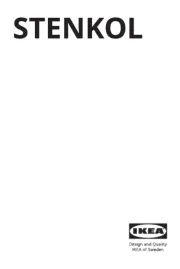
29 Juli 2025
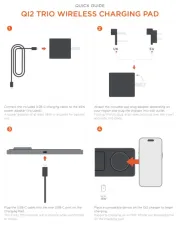
29 Juli 2025
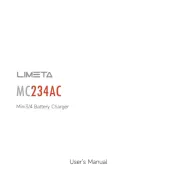
29 Juli 2025
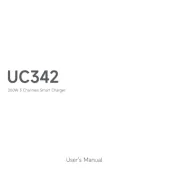
29 Juli 2025

29 Juli 2025
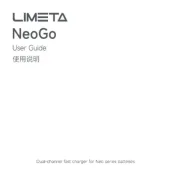
29 Juli 2025
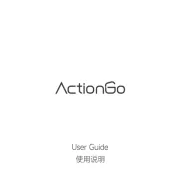
29 Juli 2025

29 Juli 2025
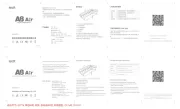
28 Juli 2025
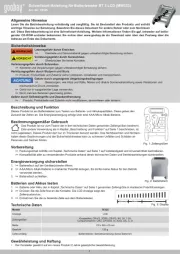
28 Juli 2025